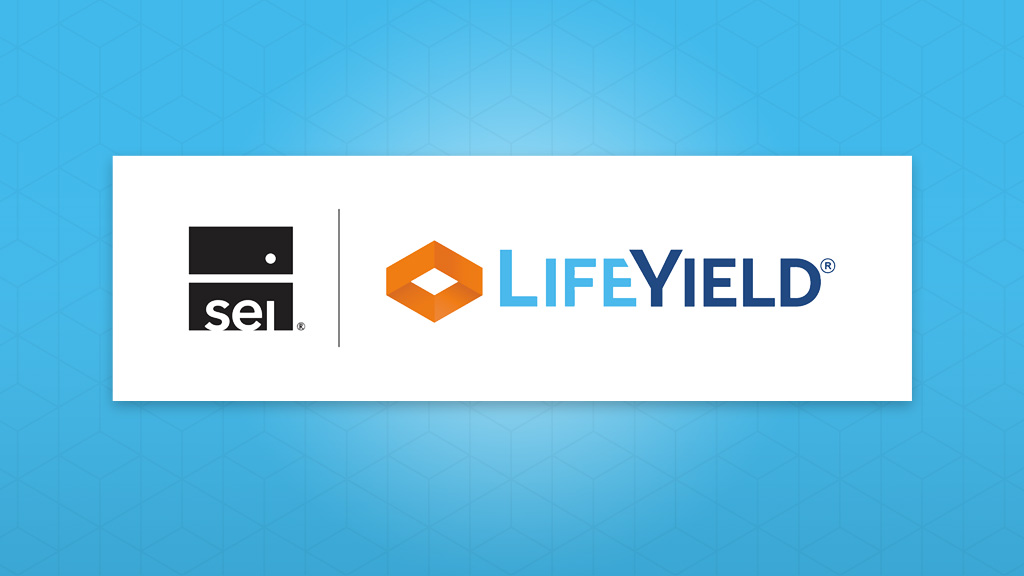Ideas for Convincing Clients of the Value of Household-Level Rebalancing and Tax-Efficient Investing

You don’t have to convince many clients that markets are, well, unpredictable. “The Dow is up, the NASDAQ is down, and Asian markets retreat.” The thrum of market news is nonstop, 24 hours a day. And what all that activity is doing is, over time, rejiggering the balance of investments in your clients’ portfolios.
The remedy? Go back to one of the cardinal rules of investing: Use periodic portfolio rebalancing to maintain an investor’s risk tolerance and desired asset allocation. Rebalancing can be done by selling some assets and buying others, or by investing new money into an account. Rebalancing holds the line on your clients’ long-term financial plan and investment strategy.
The wise and trusted advisor, though, understands that rebalancing one account Is doing just that – rebalancing one account. It’s not addressing the allocation drift the markets naturally render in a client’s other accounts or the tax efficiency of the client’s – or the client’s household’s — portfolio of qualified and nonqualified accounts.
A typical investor today may have an online trading account, an array of tax-qualified accounts like IRAs and 401(k)s, and a traditional brokerage account. Throw in some real estate and cryptocurrency investments, and you can see: Rebalancing isn’t living up to its promise if you’re doing it in isolation.
Let’s look at how you can earn your client’s goodwill – and their willingness to place all their household accounts under your management. You can use financial technology available today to show clients how:
- Their assets can be located to ensure the best possible tax efficiency for a household.
- Rebalancing across a household’s accounts keeps a financial plan on the rails.
This concept of managing a couple or a family’s portfolio is called the unified managed household. It makes sense for the financial well-being of your clients. Demonstrating its value will, incidentally, lead to clients placing more of their accounts under your firm’s management.
FinTech Gives Advisors the Upper Hand in Tax-Efficient Asset Location
Asset location is the process of placing holdings to minimize tax exposure on investments across a portfolio of multiple accounts. Or what we call “tax efficiency.” Different account types have different tax treatments – non-taxable, tax-deferred, after-tax. And there’s an optimal account for every asset to increase tax efficiency.
This can be difficult to explain to clients. A stock is a stock, right? We can help make that conversation easier. LifeYield Asset Location boils down the results of its asset location evaluation to a score, from 0 to 100, for the tax efficiency of a client portfolio.
The client’s next question is, “How do I turn that 50 into an 85?” LifeYield Asset Location can help to show your clients the next-best steps they can take to improve the score and, ultimately, increase their after-tax returns. It evens estimates how much a client will save in after-tax returns – money they can spend! – over the timeline of their financial plan.
Asset Location also provides the opportunity to demonstrate how approaching client accounts as a unified managed household can improve tax efficiency.
Rebalancing Keeps a Client’s – and a Household’s – Portfolio from Veering off the Road
There are different rules of thumb for rebalancing – at least once a year, perhaps once a quarter, no more than once a month. Whatever the frequency, the goal is to be consistent with it and disciplined enough to see that portfolios stay aligned to the asset allocation your clients desire and keep an eye on the tax efficiency of a portfolio.
LifeYield Mult-Account Rebalancing lets you take rebalancing to a level that better serves your clients. And it could already be part of your firm’s planning tools. Multi-Account Rebalancing seeks out and finds assets that may not be best located for tax efficiency. It can then execute a tax-efficient rebalance that maintains the portfolio’s target asset allocation.
See how your value as an advisor goes up a couple of notches?
Turning to tax planning, Multi-Account Rebalancing also pinpoints opportunities to harvest gains or losses in a household portfolio. You can set limits on gains and incorporate sell constraints to manage a household’s tax brackets, as well as coordinate a household’s taxable, tax-deferred, and tax-free accounts.
Many of the largest and most successful financial firms have incorporated LifeYield technology into their platforms. It may already be available to you – at the ready to help set the agenda for your next client and household portfolio review. LifeYield Asset Location and Multi-Account Rebalancing help you meet household goals, whether they are one, two, or more of the following:
- Manage assets in a way that aligns with the household’s risk tolerance.
- Grow assets in a tax-efficient
- Maintain an asset allocation strategy that aligns with a financial plan.
- Preserve the desired income stream in retirement.
- Create a tax-efficient portfolio that leads to more income when they retire.
LifeYield technology spans the lifespan of household investment management and. Income planning. LifeYield can help, whether your clients are:
- In the accumulation stage.
- Turning their sites toward retirement.
- Need to replace wages with investment income.
Or somewhere in between. Let us show you how you can bring the power of our technology to your client conversations.
Monthly insights from our Chief Growth Officer, Jack Sharry
Get exclusive insights and interviews from around the industry

 By
By 




